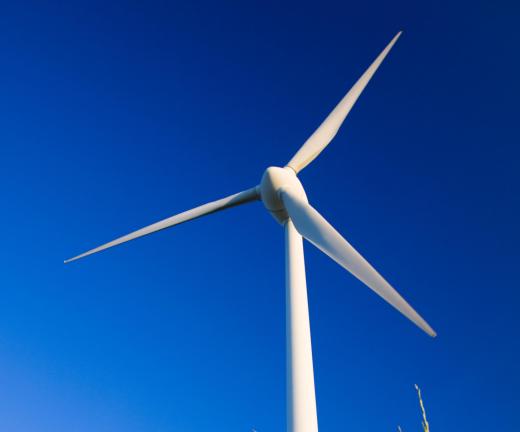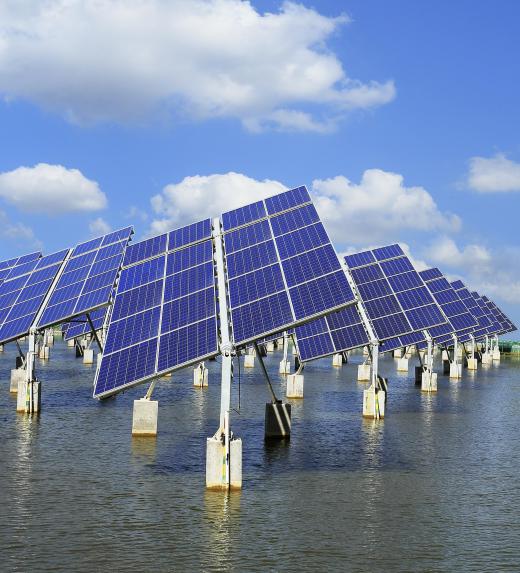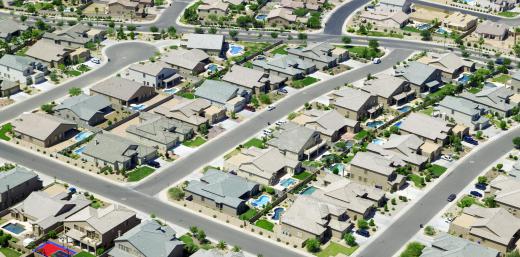Distributed generation is the practice of decentralizing electrical supply services in favor of small, consumer specific sources of power. Also known as distributed energy resources (DER), these facilities may serve consumer units as large as a city or as small as a single household. The DER facility typically generates power with alternative methods than those used by centralized electrical utilities. These alternate energy sources include microturbines, wind turbines, and solar cells and are generally located in the immediate vicinity of or within the consumer unit boundaries. Distributed generation facilities require careful consideration regarding installation specifics to reach their full potential but can be highly beneficial and even becoming income producers through excess power resale initiatives.
Most consumers of electricity receive their power supply from an established power grid. These grid networks are fed by large power generation facilities which typically generate the electricity using fossil fuel fired or water driven turbines. These large steam and hydroelectric power stations are generally located far from the majority of the consumer points they supply due to air pollution and fuel availability issues. This requires extensive overhead cable and secondary distribution networks to maintain the supply of power. Although these large facilities feature excellent economies of scale values and can supply affordable power to their consumers, the overall cost in terms of related financial, environmental, efficiency, and reliability factors is usually very high.

The use of distributed generation power supply installations allows smaller consumer groups access to the benefits of a reliable power source right on their doorsteps. These groups may be towns or cities, factory or commercial complexes, a suburb, or an individual home. The power generation sources in distributed generation grids vary significantly according to consumer needs and typically range in capacity from 3 to 10,000 kilowatts. Installations serving larger consumer groups usually utilize micro or conventional combustion turbines while smaller suppliers may use wind turbines, gas or diesel engine powered generators, solar arrays, or sterling engine generators. The average DER network would also typically include facilities for the storage of generated power.

Depending on the installation specifics, distributed generation networks may operate independently or be co-connected to the main grid. This allows the network to draw power from the main grid or disconnect from it and run on its own as desired. These networks are known as microgrids and typically serve suburbs or entire towns. Similar systems may be applied in single consumer points such as domestic dwellings where the home draws power from the main grid with an additional, on-site source supplied by solar panel arrays or wind turbines. This allows the home to be run on the grid during high demand periods or as a standalone unit during periods of low demand or power outages.

Although the benefits of distributed generation power supplies are indisputable, the high initial installation costs have tended to relegate their use, especially for individual consumers, to the realm of experimental technology. Fortunately as the technologies mature and the demand slowly increases, the price of the equipment may drop accordingly. An additional benefit of this method for both large and small consumers is the income potential associated with the sale of excess power back to the centralized suppliers.
